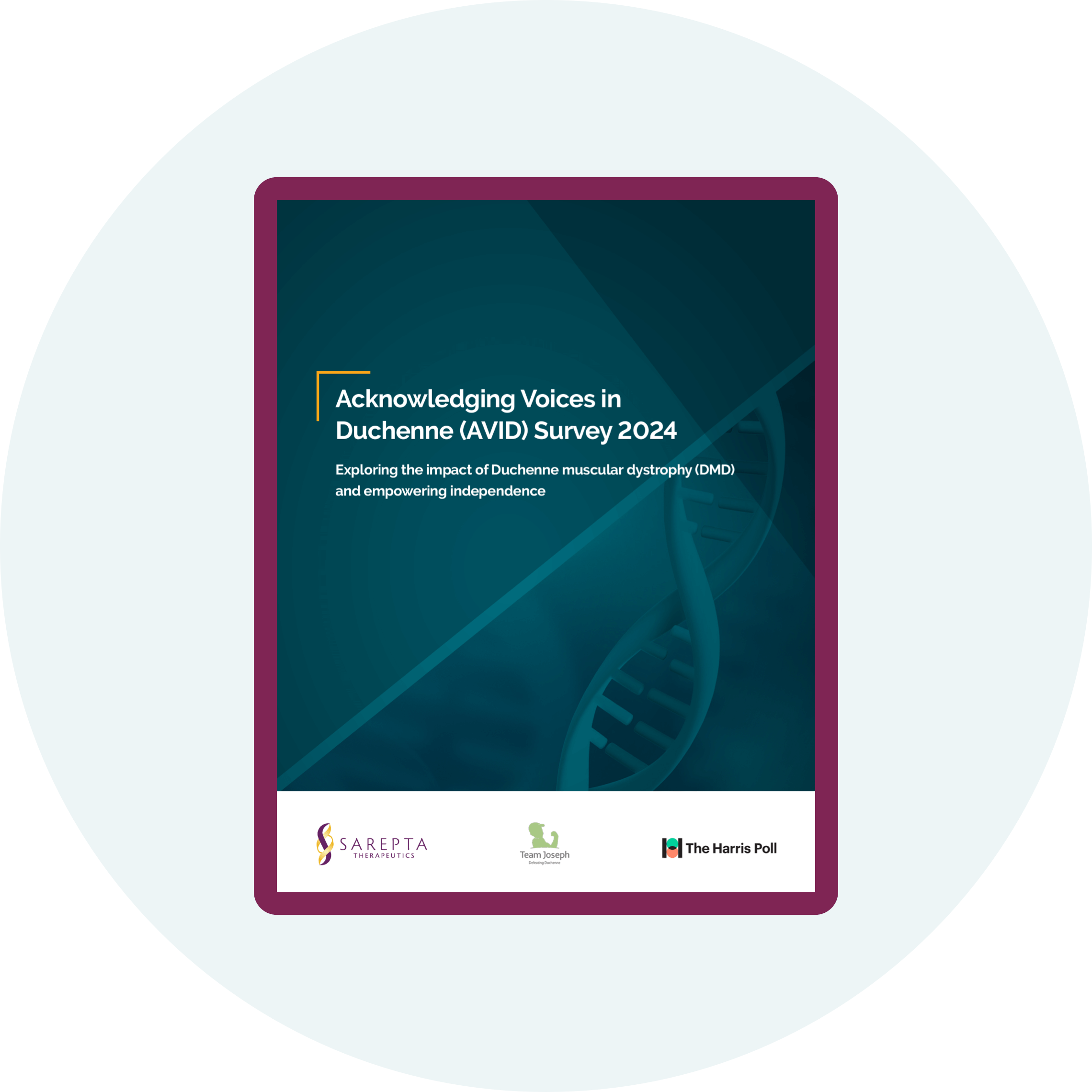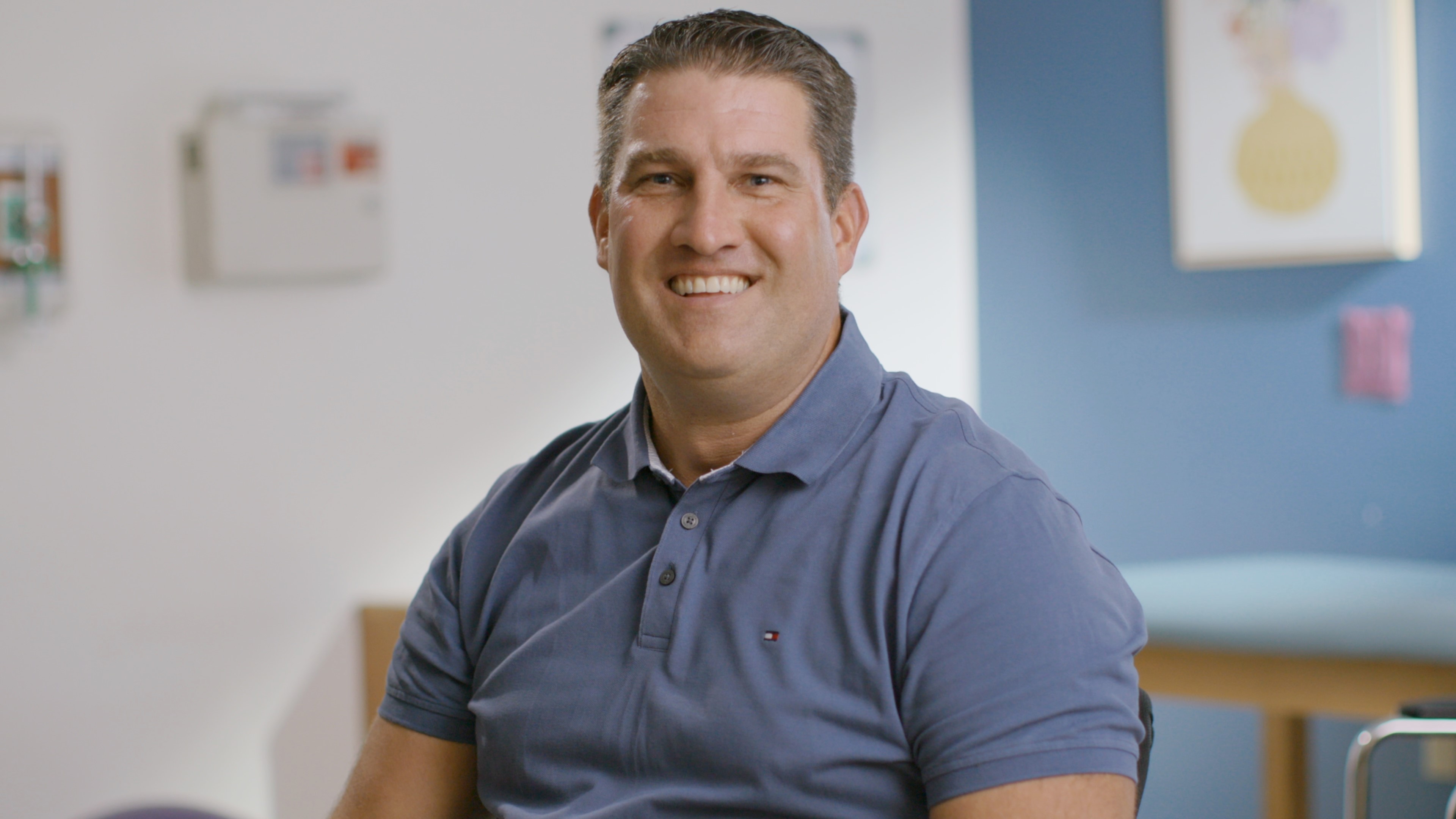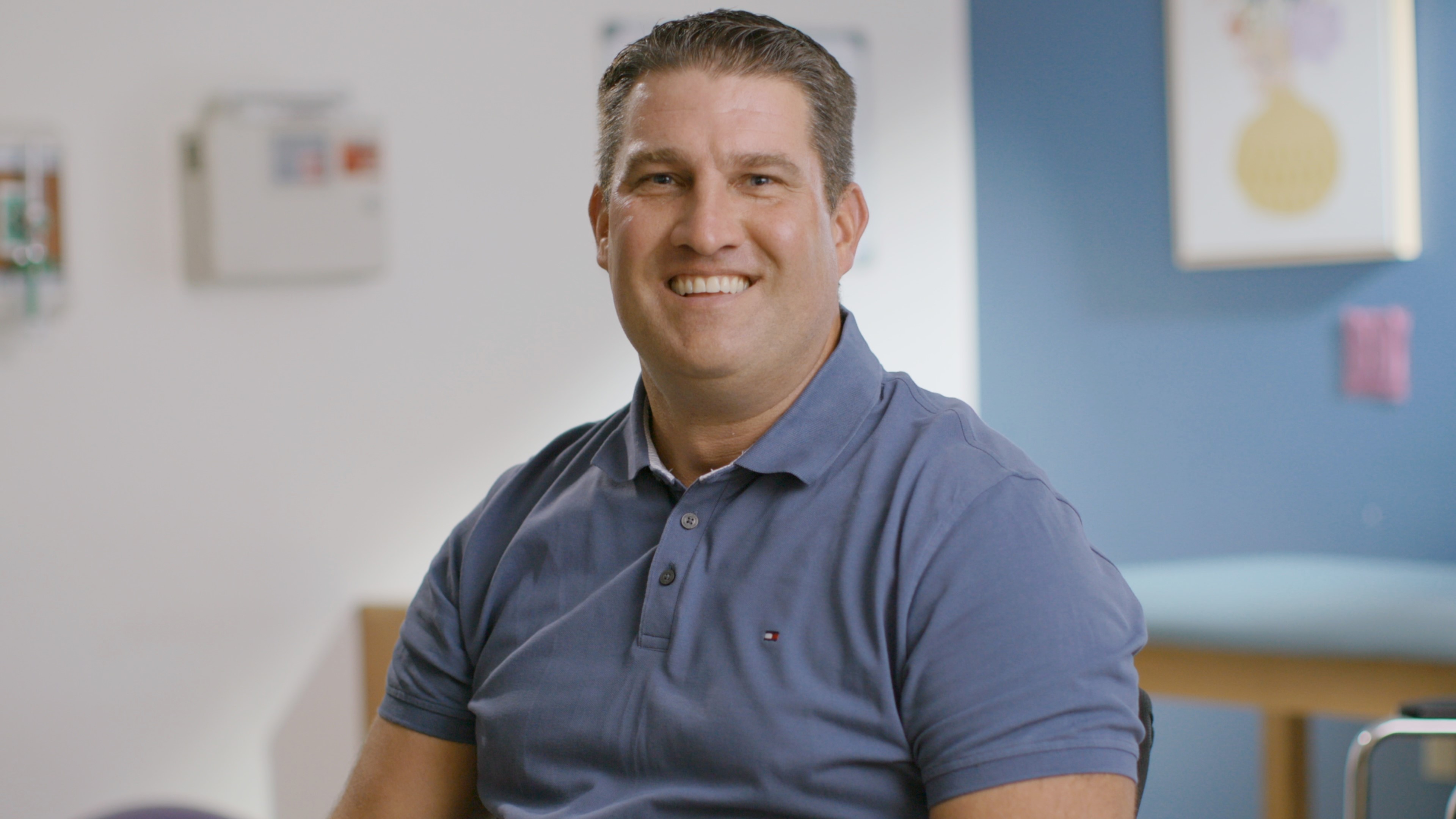
The Roles Healthcare Providers Play in DMD Care
First to Identify DMD
The primary care physician or the pediatrician is often the first healthcare professional to identify signs suggestive of DMD, and the first person who tells the family about a suspected DMD diagnosis. The diagnosis will usually be confirmed by a neurologist or neuromuscular specialist.1
Effective Communication is Key
Having direct but compassionate conversations with patients and their families can go a long way toward reassuring them, especially when first discussing a possible DMD diagnosis. Your patients with DMD may also need a large, interdisciplinary care team, and you are a critical part of that team. You can help your patients by staying engaged with the rest of the team and/or the care coordinator.
Independence Beyond Ambulation
As patients living with DMD transition from ambulatory to nonambulatory, their priorities change.2 It is important to check in with patients, and ask them what their goals are.
Survey Highlights the Profound Importance of Maintaining Independence
The Acknowledging Voices in Duchenne (AVID) survey, which included responses from 109 DMD patients aged 12 and older and 49 caregivers, reveals the profound impact of independence and effective communication with healthcare providers on those living with DMD.3,a This survey offers valuable insights to support the goals and needs of your DMD patients.3
Quality of Life Considerations
In a survey of responses from patients/caregivers who reported quality of life impairment, dependence was identified as having the biggest impact.a These responses associated dependency as being reliant on other people for activities of daily living.4 Discover what was most important for patients with DMD in their everyday lives.
aOf the 275 patients/caregivers in the analytic sample, 231 answered the question about the symptoms that have the biggest impact on day-to-day life. Out of a total of 603 unique responses, 403 responses were from early-stage nonambulatory patients and 200 were from late-stage nonambulatory patients.4
Functional Assessments
Upper limb function impacts quality of life for nonambulatory patients living with DMD.4 Routine assessments of upper limb function, such as the Brooke Upper Extremity Scale and the PUL (performance of upper limb) test, are crucial as you build treatment plans to help meet the needs and goals of your patients.4,5
Tools and Resources
Genetic Testing Resources
- Decode Duchenne provides no-cost genetic testing, interpretation, and counseling through PPMD and PerkinElmer
- Detect MD offers no-cost genetic testing, interpretation, and counseling through Invitae
Information About DMD Diagnosis, Care, and Management
American Academy of Pediatrics (AAP)
Includes educational webinars, policy statements, and resources for DMD.
NORD (National Organization for Rare Disorders)
Provides resources for clinicians about specific rare disorders (including DMD).
Pediatrics, Journal of the American Academy of Pediatrics (AAP)
Pediatrics is an official peer-reviewed journal of the American Academy of Pediatrics (AAP). There is content available that covers a range of specialty areas, including cardiology, osteopathic care, nutrition, and psychosocial therapy for patients with DMD.
Pediatric Care Online
This resource, provided by the American Academy of Pediatrics (AAP), provides up-to-date clinical information on pediatric care that is continually reviewed and updated. Subscription required.
Muscular Dystrophy Research and Tracking (MD STARnet)
Funded by the CDC, the Muscular Dystrophy Surveillance, Tracking, and Research Network (MD STARnet) collects health information from everyone with muscular dystrophy who lives in specific areas in the United States. The goal is to promote a better understanding of the experiences, care, and quality of life of people living with muscular dystrophy, in order to improve their care.
Developmental Delay Assessment Guide
A step-by-step guide intended for caregivers to identify developmental delays and determine when to consult a healthcare professional.
Patient Support
Your patients and their caregivers may ask about adjustments or life hacks that can make it easier to do everyday tasks such as getting around, going to school, and making friends. Or they may have their own innovative solutions and suggestions to share. You can point your patients to this content for tips on living with DMD and invite them to e-mail Hello@Sarepta.com to share their own adaptations and innovation.



